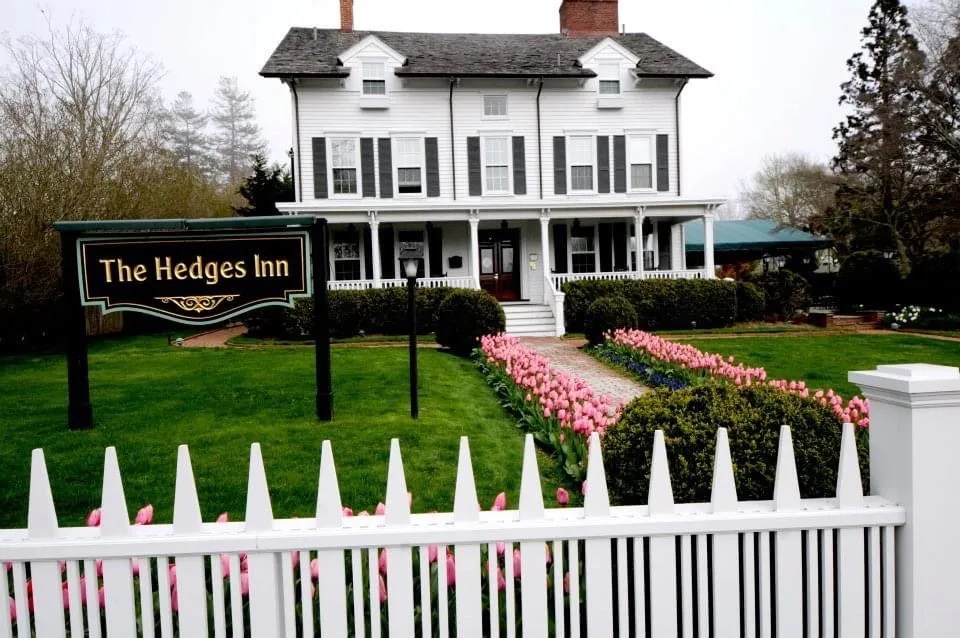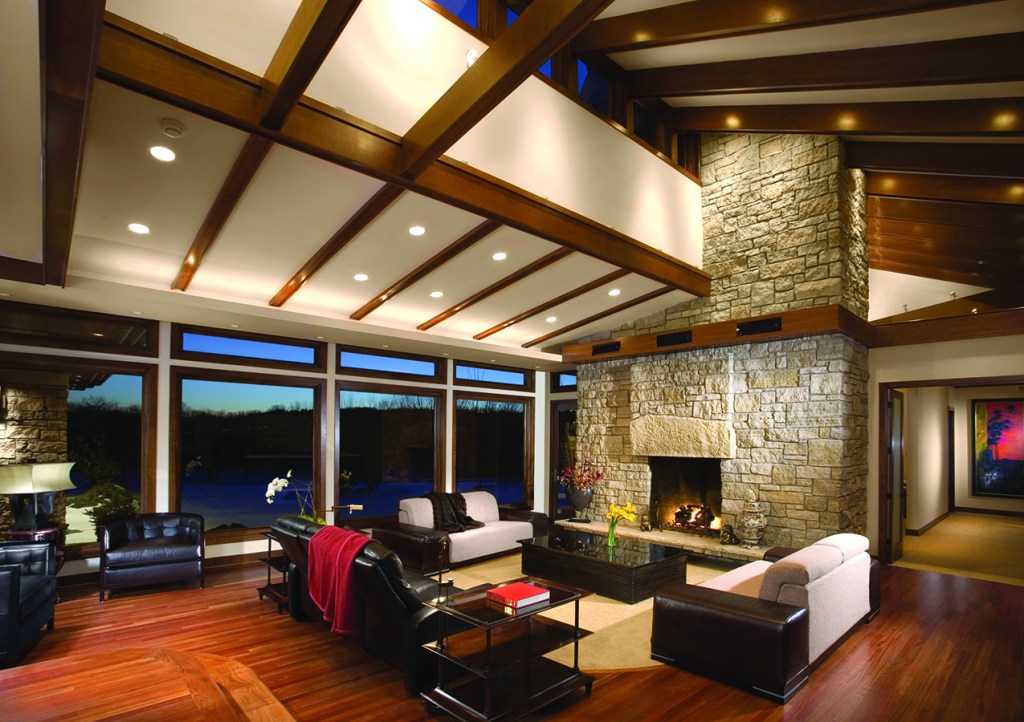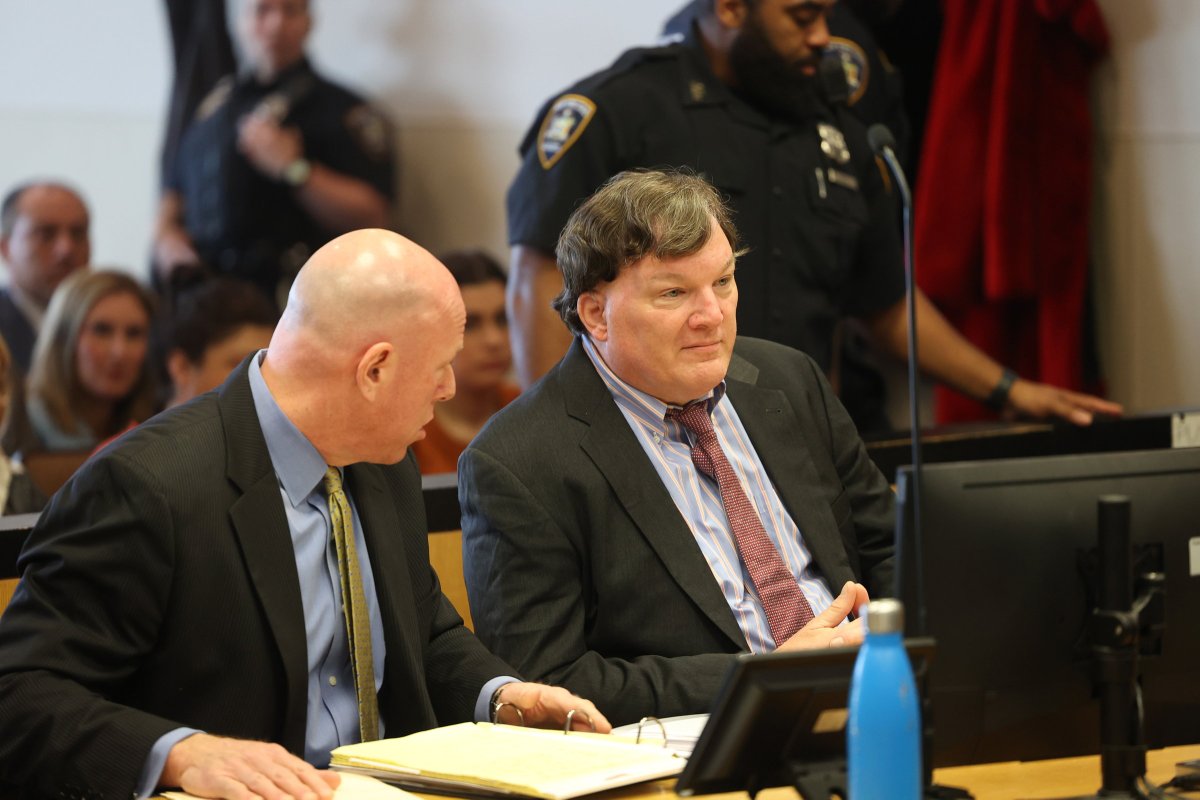Lights, Cabinets, Legal Action? Incredible Interior Designers Require Licensing

In New York State, not just anyone can work as an interior designer. In fact, only a licensee, known as a Certified Interior Designer (CID), may prepare and administer “interior design documents (including drawings, schedules and specifications) which pertain to the planning and design of interior spaces including furnishings, layouts, fixtures, cabinetry, lighting, finishes, materials, and interior construction not materially related to or materially affecting the building systems” pursuant to Education Law §8303.
To become a CID, an individual must be at least 21 years of age, have an associate degree or higher in an approved interior design program, satisfy certain examination requirements, demonstrate requisite experience in the field and be of good moral character, pursuant to Education Law §8305. So, don’t just watch HGTV and think you should start a small interior design business because you have an eye for design. To be clear, practicing interior design without a license is a terrible idea.
The unlicensed practice of interior design is punishable as a class E felony pursuant to Education Law §6512. Moreover, wrongfully holding oneself out as an interior designer without licensing is punishable as a class A misdemeanor pursuant to Education Law §6513. Further, unlicensed practice may result in a $5,000 penalty and victims of such unlicensed practice may recover all payments made as restitution pursuant to Education Law §6516.
Clearly, a license is required for anyone who is considering work as an interior designer. However, even with proper licensing, the scope of work that is permitted to be performed by a CID is limited from what many consider as the colloquial scope of interior design.
In fact, the official definition of practice of interior design, as set forth in the Education Law, expressly limits the scope as “not be[ing] construed as authorizing the planning and design of engineering and architectural interior construction as related to the building systems, including structural, electrical, plumbing, heating, ventilating, air conditioning or mechanical systems and [] not be[ing] construed as authorizing the practice of engineering or architecture.”
The scope of work is further limited because an interior designer is not automatically a licensed home improvement contractor. In fact, the state’s highest court has held that a homeowner’s contract with an unlicensed home improvement contractor was unenforceable.
So, there are rigid distinctions between the job functions of a CID, architect, professional engineer and a licensed home improvement contractor. Therefore, before considering becoming a CID or, as a homeowner, hiring a CID, the lines between these distinct fields must be explored and understood. Otherwise, a homeowner could end up hiring the wrong professional for their job.
An architect’s practice, pursuant to Education Law §7301, includes “services which require the application of the art, science, and aesthetics of design and construction of buildings, groups of buildings, including their components and appurtenances and the spaces around them wherein the safeguarding of life, health, property, and public welfare is concerned. Such services include, but are not limited to consultation, evaluation, planning, the provision of preliminary studies, designs, construction documents, construction management, and the administration of construction contracts.”
A professional engineer’s practice, as set forth at Education Law §7201, includes “professional service such as consultation, investigation, evaluation, planning, design or supervision of construction or operation in connection with any utilities, structures, buildings, machines, equipment, processes, works, or projects wherein the safeguarding of life, health and property is concerned, when such service or work requires the application of engineering principles and data.”
A licensed home improvement contractor’s practice, as set forth at Suffolk County Code §563-16, includes “any repair, remodeling, alteration, conversion, modernization, home raising or home elevating services, improvement or addition to residential property, and includes but is not limited to painting of residential structures; carpentry; fencing; driveways; exterminating; flooring; ductwork for heating, ventilation and air-conditioning systems; masonry; roofing; siding; the construction, installation and/or servicing of swimming pools and portable and permanent spas; and waterproofing; as well as other improvements to structures or upon land which are part of residential property, including landscaping and arboriculture, which as used herein shall mean tree sprayers, tree pruners, tree stump removers and all other tree services.”
With knowledge of each field’s distinct job function, a prospective interior designer may realize that their goals are more aligned with another profession’s scope of work and a homeowner can identify the right professional to hire for the job. Nonetheless, before any contract is signed, such as an AIA contract, a homeowner should verify each potential hire’s licensing.
To verify licensing for CIDs, architects and professional engineers, visit the NYS Office of the Professions’ website: op.nysed.gov/opsearches.htm. To verify licensing for home improvement contractors, call the Suffolk County Department of Consumer Affairs at 631-853-4600 and your local town or village (dual licensing is required by many), such as Southampton’s Licensing Review Board at 631-702-1826.
Remember, criminal and civil penalties exist for those who falsely hold themselves out as professionals.
As you can see, it is good to know a little thing called the law.
Andrew M. Lieb, Esq., MPH, is the managing attorney of Lieb at Law P.C. and a contributing writer for Behind the Hedges.



